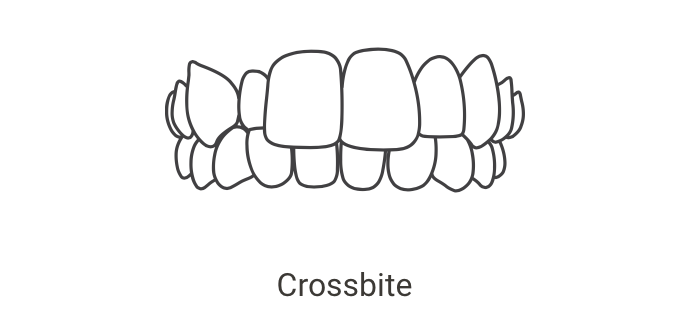Invisalign vs Braces: What you need to know
4 minutes reading time
You have likely heard about Invisalign. They are promoted as being aesthetic and a lot more comfortable than braces. But despite their apparent advantages, did you know that most orthodontists have approximately 25% or less of their patients in Invisalign (read more here).
Why is this? Are they right for you or your teen? Let’s take a look at the pros and cons of each.
How do they work?
Braces are either metal brackets or clear brackets that are glued onto the teeth. Small rubber bands called "o rings" hold the wire in place that connects the brackets. The braces work by pulling your teeth towards the shape of the wire. Changing the shape and size of the wire and using chain and elastics moves the teeth into the desired position.
Aligners are clear plastic trays that are custom made to fit on the teeth. Some teeth will have small white round and square shaped bumps (attachments) glued onto them.
Each aligner triggers pre-programmed incremental movements for every tooth. Your orthodontist plans these incremental movements on the aligner software. 20-22 hours per day is the minimum amount of wear time. Every 10-14 days you change to a new set of aligners.
What are they used for?
A patient usually has a combination of orthodontic issues set out below. However, there are limitations on what aligners or Invisalign can do. Braces tend to be the more preferred option for more significant orthodontic treatment.
Open bite
Because aligners push the back teeth towards the gum, they are particularly good at correcting an open bite. Braces are good also, but they have a natural tendency to open bites. It may be necessary to use elastic bands with both Invisalign and braces.
Overbite
Aligners are only able to correct some overbites. Braces on the other hand can correct most overbites.
Straightening your teeth
Aligners and braces can straighten most mild crowding of teeth.
Overly crowded teeth
Braces on the other hand, are great for very crowded and rotated teeth.
Aligners are not effective in correcting severe tooth rotations or cases requiring extraction of more than two teeth. However, braces can be used initially to partially straighten the teeth first.
Crossbite
Braces are better at correcting more significant crossbites. For severe crossbites, both braces and aligners require mouth stretchers first
Gapped teeth
Aligners and braces are both good at correcting gapped teeth. However, if the teeth are generally smaller in size compared to average then braces are better.
Treatment times
It is difficult to compare Invisalign treatment time vs braces due to many different factors. There is disagreement in the literature regarding this topic. The biggest factor for Invisalign is compliance and wearing the aligners for 20- 22 hours per day. Breaking the brackets or wires especially multiple times can significantly increase the treatment time of braces.
Is there pain and discomfort with braces and Invisalign?
There is no pain with fitting braces or Invisalign aligners. However, there is discomfort after this and it usually peaks about 24 hours.
In the first few days after braces are fitted, research has shown that the pain is reported to be slightly higher compared to Invisalign (read more here). After this it is about the same.
What about brushing and flossing?
It takes on average 3-4 minutes to clean effectively around the braces. Cleaning the teeth with Invisalign is a lot easier as you can remove the aligners. A high strength fluoride toothpaste is highly recommended for both braces and Invisalign.
What about eating and drinking?
Hard, sticky and crunchy food are best avoided with braces as it can lead to a bracket breaking. Sugary or acidic drinks can create scarring of the enamel around the brackets and are best avoided.
With Invisalign you can take them out to eat and you can eat hard and crunchy food. However, if you love to snack that is going to be a lot of taking them out and remembering to put them back in.
Invisalign recommends only drinking water with the aligners in place. Sugary and acidic drinks can also lead to tooth scars around the Invisalign attachments.
What is the difference in cost between braces and Invisalign?
The cost of braces and Invisalign can vary depending on many different factors. The Invisalign manufacturer fixes the cost of the software and raw materials used on the teeth. Generally, the Invisalign cost is higher than that for metal braces.
For simple to more complex cases, braces can cost between $7,000 and $9,500, while Invisalign can range from $7,500 to $10,500. This is for treatment involving both the upper and lower teeth. In minor cases, we utilise 3D technology to scan the teeth and print aligner models, which offers a more economical option. We also serve as consultants for other aligner companies, enabling us to obtain preferential pricing.






